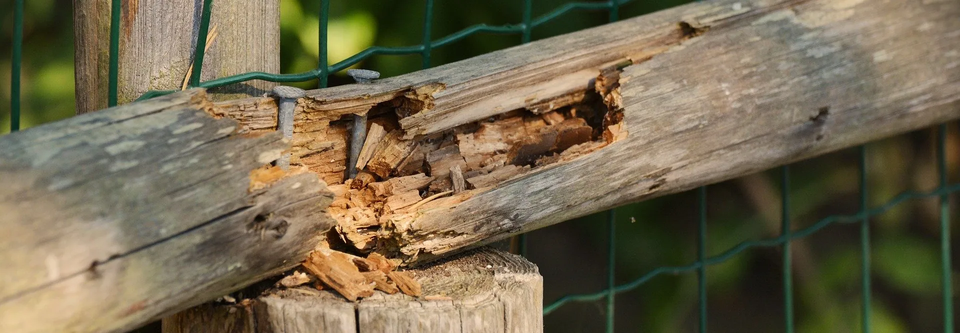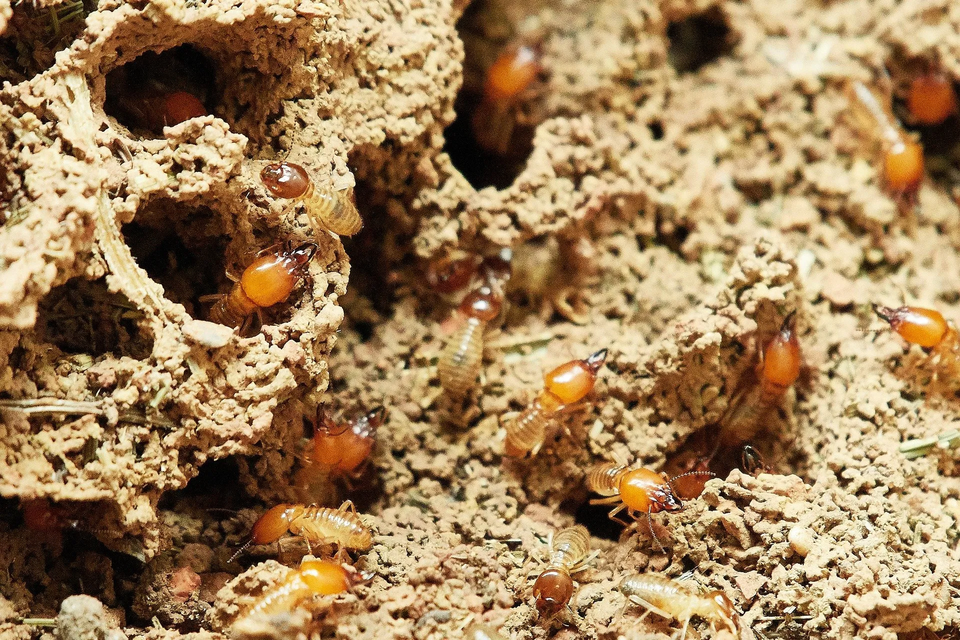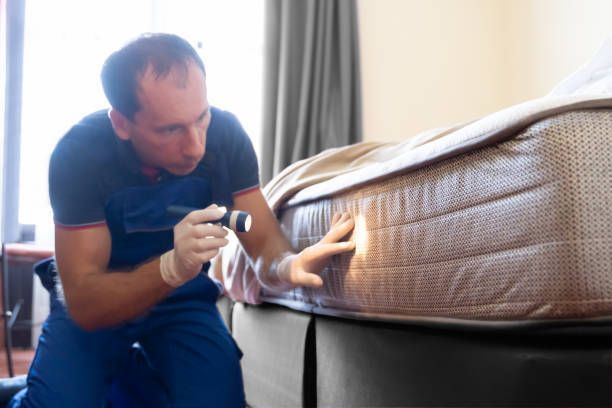4 Signs of Termites and Tips to Prevent Them
Dealing with a termite infestation is a lesson no homeowner will forget. A bad outbreak can cost tens, even hundreds, of thousands of dollars to repair. Luckily, there are plenty of signs of termites that will allow you to take action before the damage is too bad.
Termite Infestation Basics
There are four main types of termites in the United States, including dampwood, drywood, Formosan, and Subterranean. The latter is the most popular in Indiana and unfortunately, is also the most destructive.
Subterranean termite colonies create nests in moist soil or wood in order to obtain moisture. While termites found in the wood of homes typically come from colonies already established in the soil nearby, they may stumble across a home when roaming for food.
They regularly leave their nests in search of cellulose material, traveling up to hundreds of feet in search of food. Bad news for homeowners — cellulose is the plant fiber used in wall and roof cavities to insulate, drought-proof, and reduce noise in homes.
But the good news is, there are several signs of termites and preventative measures you can take to keep your home’s foundation solid.
4 Signs of Termites and Tips to Prevent Them
From noticing damaged wood to reducing humidity, you can get the upper hand when it comes to termites.
1. Look for mud tunnels.
Termites will enter a home either through the expansion joints in concrete slabs or where utilities enter the house. If the home’s wood doesn’t come into contact with the soil, termites will build mud tunnels to reach wood several feet above the ground.
Mud tunnels are about the size of the width of a pencil can form along a home’s interior or exterior walls. Termites build these mud tunnels in order to travel from their nest to their food source without being disturbed.
2. Notice broken wood.
A termite’s favorite meal is the wood in and around your home. Damaged wood around your house or property may indicate the presence of termites. Investigate and repair any broken wood right away to take any necessary action as soon as possible.
You should also check that there is no contact between the building woodwork and the soil or fill. Ideally, exterior woodwork should be located a minimum of six inches above the ground.
3. Avoid moisture and humidity accumulation.
Termites (and ants) are attracted to moisture, so checking for any moisture accumulation near your home’s foundation can go a long way in keeping them out of the house. Make sure that water is being diverted away from your home with properly functioning downspouts, gutters, and splash blocks.
Additionally, you can reduce the humidity in crawl spaces with proper ventilation. Crawl spaces should have ventilation openings in the foundation (two square feet per 25 linear feet of foundation wall) and one vent should be within five feet of each exterior corner of the building. This helps maintain a dry environment, inhospitable to termites.
4. Watch for winged termites.
Winged termites, also called “swarmers,” are sent out to start new colonies. If you see winged termites emerging from the ground outside, it is not likely to the point of an infestation. However, take this sighting as a signal to check the wood in and around your home.
If you do uncover a termite infestation, call for professional help right away so they can be removed before doing further damage.
We’re here to help!












